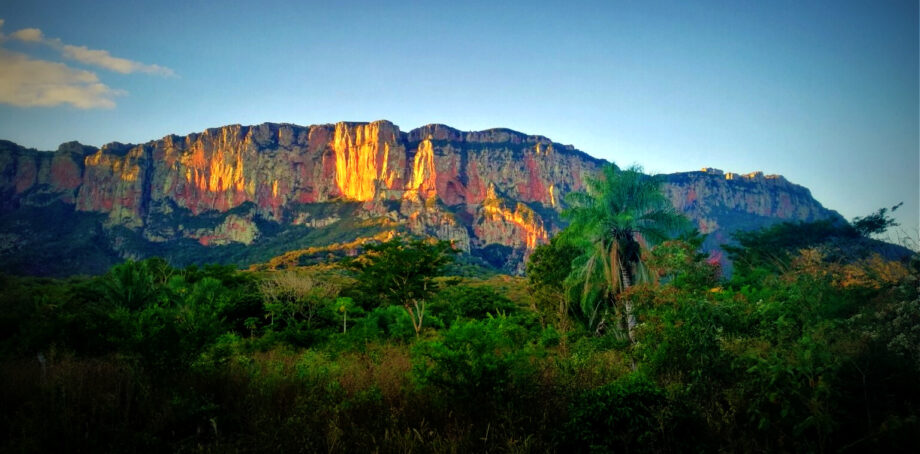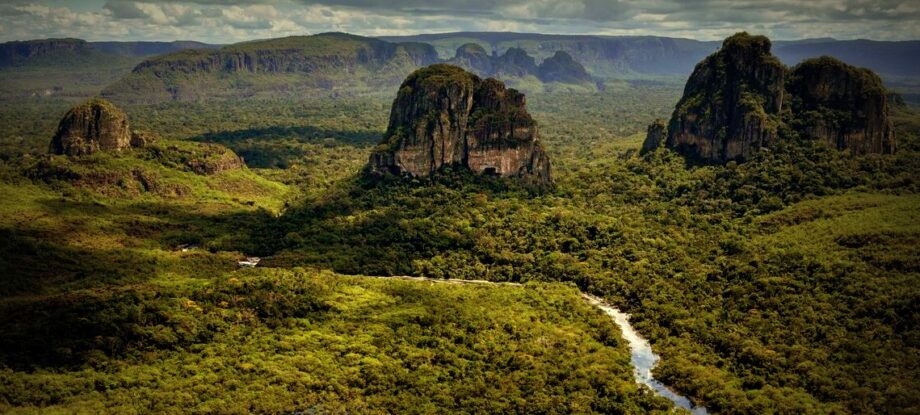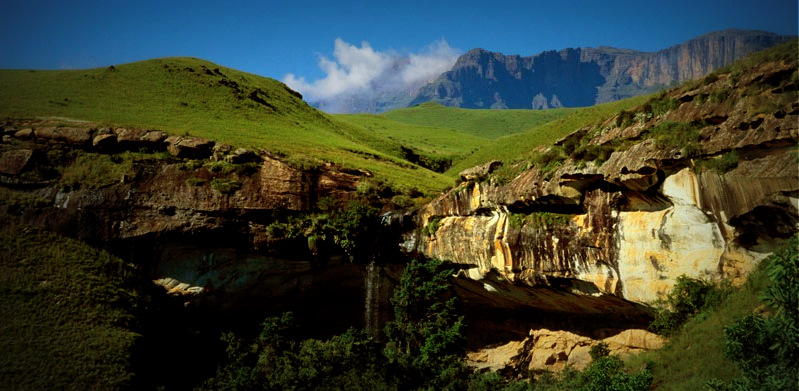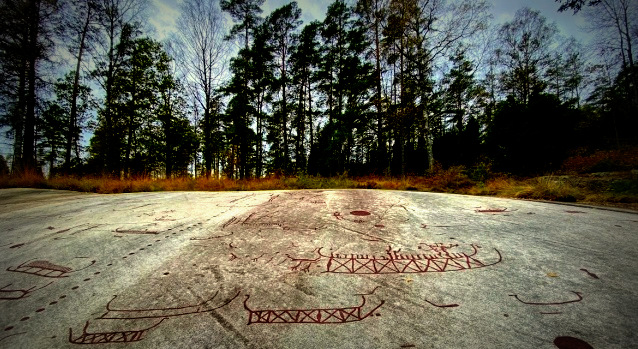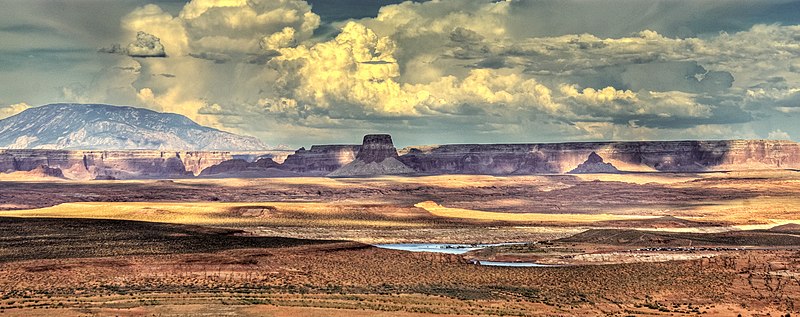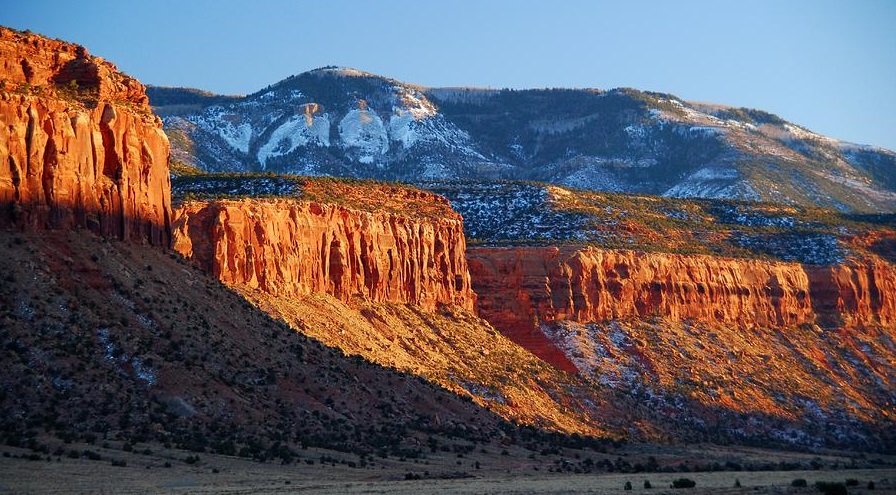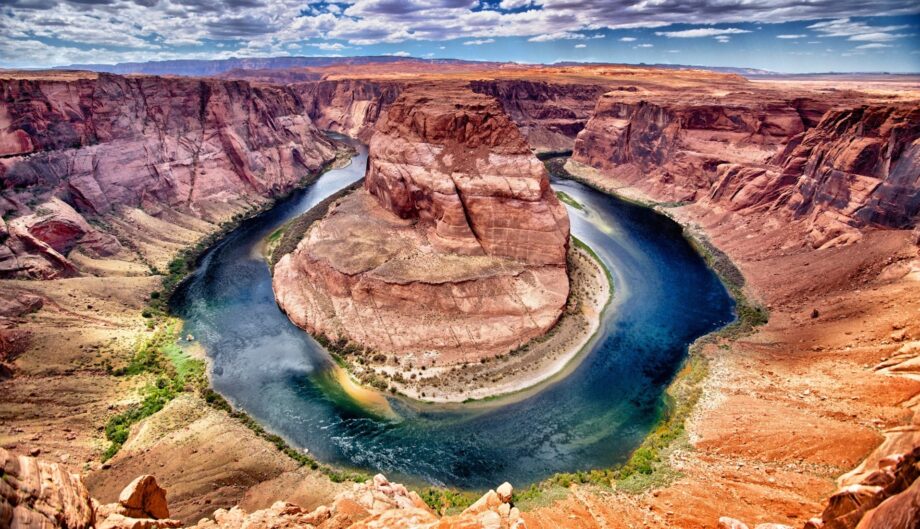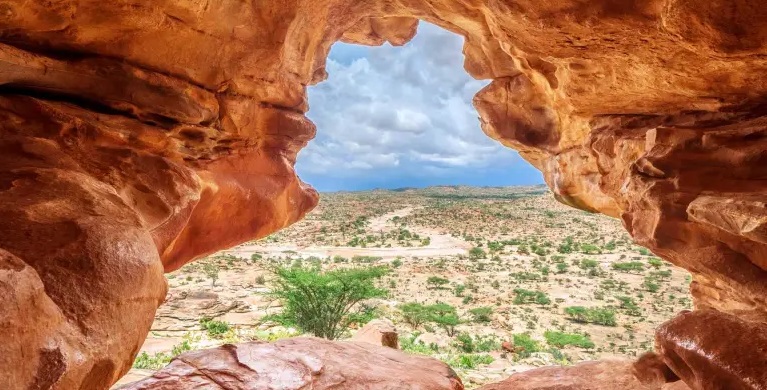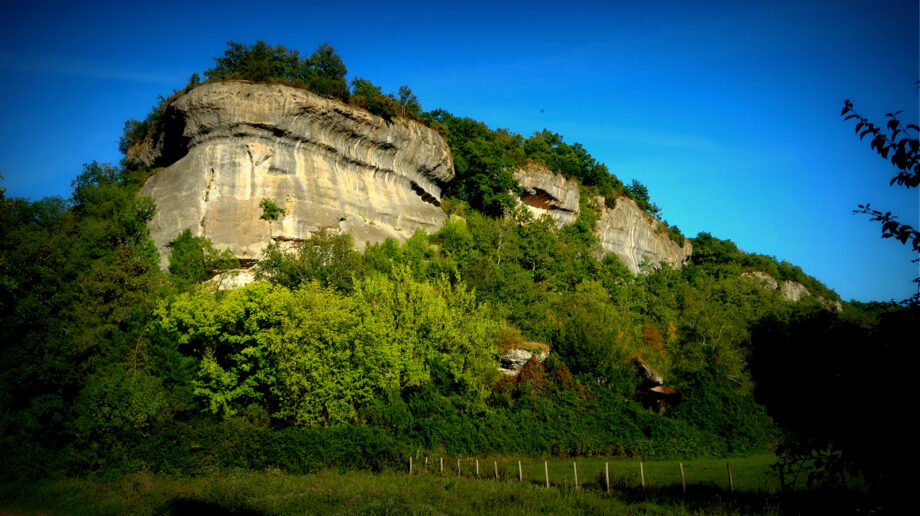The rich diversity of early prehistoric Rock Art in Bolivia concentrated mainly in the Andean region and in the eastern and northern lowlands near rivers, but it also extends over a much wider area to the regions of Peru, Chile and Patagonia.
Activities related to discoveries are still pretty new, research starting in 1987 by Bolivia’s Rock Art Research Society (SIARB – Sociedad de Investigación del Arte Rupestre de Bolivia) has been quite great with over than thousand art sites. Bolivia`s oldest rock art dates to the Paleo-Indian period, other examples date to the Pre-Inca period and Colonial art which was firstly the main focus of SIARB and only quite recently has some progress been made in preliminary sequences of Pre-Hispanic Rock Art traditions.
As many experts confirm we are far from understanding early Rock Art traditions, which dates back to the Archaic period. It is also presumed that significant human presence existed in the Bolivian highlands as early as 11,000 BC although most available data refer to much later sites, at least 6,000 BC.

Perhaps the most well-known and special of all the art findings are two magnificent Mask like designs. This very clear and detailed artwork is located in the small cave of Vallegrande in West of Santa Cruz, belonging to the Andean highlands.
Photo: Hand Painted Skirt Design
Although the lack of excavations and limited archaeological research major projects in five regions have come up with early Rock Art traditions, comprising a wealth of petroglyphs and rock painting in small caves and rock shelters, on vertical cliffs and on large boulders. Obviously it provides us with a variety of wild stories happening back then:
- Ancient cupules or cup marks occurs in Mizque, a feline head carved in low relief,
- Abstract incisions near Lake Titicaca, some of them forming a sun-like and star figure
- The oldest representation of negative handprints or stencils and a cross-like white design in caves of Mojocoya
- small cave Paja Colorada in Vallegrande, being one of the most important Rock Art sites in Bolivia due to its sequence of traditions that span millennia
- Motif of groups of wild camelids (guanacos) in lively movement and human figures of hunters of Betanzos.
In those several millenia old traditions a large stylized Serpent found at El Buey, and a beautiful paintings of ceramics and textiles which flourised in a Pre-Hispanic period, painted in dark red color and different shades of red, pink, white and black.
To this day one of the most common ally among the people of South America remains llama. Quite the impressive rock art shelter of Pultuma pressents a long row of llama figures, mostly painted in white. The tradition of llameros transporting goods between the highlands and the lower tropical regions is still preserved even to this day.
Video introduction – Rock Art at Robore
A lengthy presentation by Matthias Strecker, an educator and rock art expert, in which he summarized the research to date and highlighted the ongoing education campaign to make clear the importance of rock art in Bolivia’s cultural heritage. The project aims to catalogue rock art sites, record rock paintings and engravings, carry out a preliminary archaeological survey, draw up a management plan and initial conservation measures, and present the project’s findings to the general public through publications and other means. More than 80 sites have been registered.

